
Roots
Consider for a moment the silent language woven into each strand, a living archive tracing pathways through generations. Our hair, particularly its textured form, carries more than biological inheritance; it holds the resonant memory of collective journeys, of resistance, and of the enduring spirit of communities across the globe. It is a profound meditation on the very fabric of identity, a connection to cultural heritage that pulses with ancestral wisdom. To truly comprehend this, one must peel back the layers of perception, moving beyond superficial aesthetics to grasp the deep historical and scientific foundations of textured hair, recognizing how it serves as a powerful conduit to our past.

The Architectures of Ancestry
At a fundamental level, textured hair, often categorized by its coils, curls, and zig-zag patterns, represents a remarkable biological adaptation. Scientific inquiry suggests these unique structures, emerging from the follicular bulb, evolved over millennia to serve specific purposes in diverse climates. The helical configuration of each strand, a wonder of natural engineering, creates an insulating layer, protecting the scalp from intense solar radiation while permitting airflow to cool the skin beneath.
This natural shield against the elements highlights a deep biological connection to the environments where these hair patterns first manifested, predominantly the African continent. This intrinsic protective quality of textured hair whispers tales of early human existence, of resilience against harsh environmental realities.
The unique physiology of textured hair, with its elliptical follicle shape and varied curl patterns, affects its structural integrity and moisture retention. Unlike straight hair, which allows natural oils to travel down the shaft with relative ease, the twists and turns of coiled hair present more points for moisture evaporation. This biological reality, far from being a flaw, has historically spurred sophisticated care practices and communal rituals, rooted in the understanding of hydration and protection, long before modern chemistry offered its solutions.
Textured hair represents a living biological archive, its unique structure reflecting profound ancestral adaptations and the enduring wisdom of past generations.

Ancient Lexicons and Living Classifications
The nomenclature surrounding textured hair has seen many iterations, some carrying the burden of historical prejudice, others striving for precision and celebration. In pre-colonial African societies, the language used to describe hair went far beyond simple aesthetics. Hairstyles themselves served as a rich, visual glossary, conveying complex social information. Terms and styles indicated an individual’s age, marital status, social rank, ethnic identity, or even spiritual devotion.
For instance, among the Yoruba people of Nigeria, intricate hairstyles held specific meanings concerning community roles and spiritual connections, viewing hair as the most elevated part of the body, a medium for spiritual energy (Odele Beauty, 2021). The Himba tribe in Namibia utilizes ochre-coated dreadlocked styles as a visible connection to their land and ancestors. This demonstrates how the understanding of hair was deeply embedded in cultural context, a communication system that predated written records.
Today, modern classification systems, such as the widely recognized Andre Walker system (though not without its critiques), attempt to categorize hair based on curl pattern, from wavy (2a-c) to coily (4a-c). While these systems offer a useful framework for understanding product needs and styling approaches, it is vital to approach them with an awareness of their origins and limitations, ensuring they serve as tools for appreciation rather than rigid boxes. The true richness of textured hair lies in its infinite variations, each deserving of respect and a celebration of its innate beauty.

Hair’s Cycles and Environmental Ties?
The cycles of hair growth – anagen (growth), catagen (transition), and telogen (rest) – apply to all hair types. However, for textured hair, these cycles are often viewed through the lens of ancestral environmental realities. Historically, factors such as nutrition, climate, and lifestyle influenced hair health and length. Access to nourishing foods, traditional plant-based oils, and a harmonious relationship with the natural environment played a significant role in maintaining the strength and vitality of hair.
In ancient African societies, a person with dense, clean, and well-groomed hair was often admired, signifying a respected social position. This connection between environmental well-being, dietary practices, and hair health suggests a holistic view of human vitality that our ancestors understood intuitively.
The application of traditional plant butters like shea butter (Vitellaria paradoxa) in West Africa provides a remarkable example of ancestral knowledge. Used for centuries, shea butter helped protect hair from harsh sun and environmental damage, keeping it soft, hydrated, and manageable. This deep, practical wisdom speaks to a heritage of hair care that was intimately connected to the natural world, a testament to observational science passed through generations.

Ritual
The journey of textured hair through history is a testament to cultural survival, a vibrant story told through hands that braid, twist, and adorn. The act of styling textured hair transcends mere aesthetics; it embodies a rich continuum of ritual, community, and transformative expression. From ancient rites to modern practices, the care and shaping of textured hair have always been deeply intertwined with the human experience, reflecting societal roles, acts of defiance, and celebrations of personal identity.
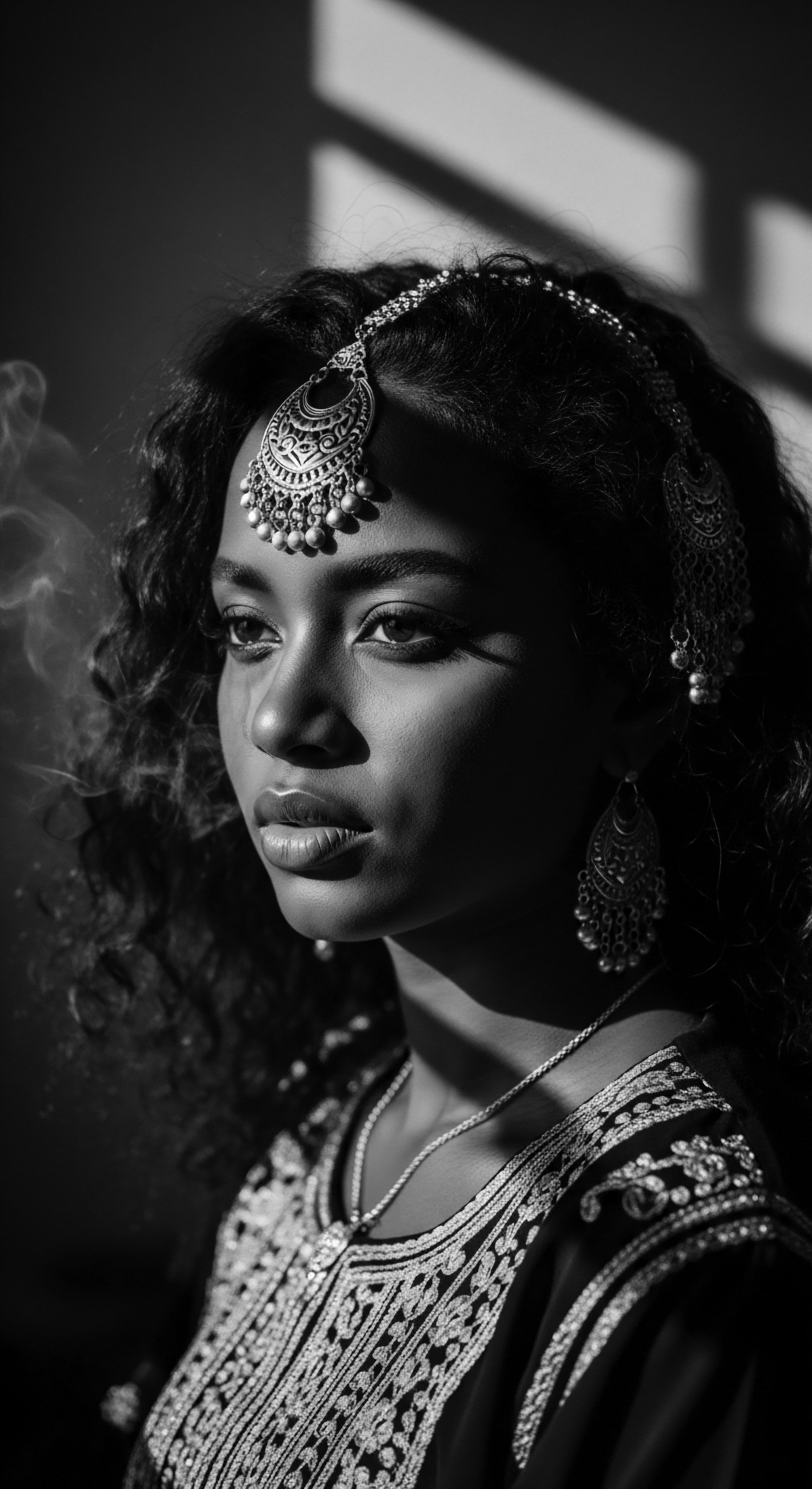
Protective Styles and Ancient Lineage
Protective styling is not a contemporary invention; it is a profound heritage, its roots stretching back thousands of years into diverse African cultures. Styles such as cornrows , braids, and locs were not merely decorative; they served crucial practical and symbolic functions. They protected the hair from environmental elements, facilitated hygiene, and conveyed complex messages within communities. Archaeological evidence from ancient Egypt and the Kingdom of Kush depicts figures with distinctive braided and cornrow styles, illustrating their long history.
In West Africa, particularly, braiding techniques served as a visual language, indicating status, age, and even tribal affiliation. This historical context lends profound meaning to modern protective styles, recognizing them as living traditions that connect wearers to an enduring ancestral line.
Textured hair styling, rooted in ancient practices, transcends beauty to become a living chronicle of cultural resistance and communal connection.
During the transatlantic slave trade, when enslaved Africans were stripped of their identities, these protective styles became powerful acts of defiance and survival. Enslaved women, despite unimaginable oppression, sustained braiding practices, often weaving rice seeds into their hair to ensure sustenance during escape attempts, or using braid patterns to map out routes to freedom (BLAM UK CIC, 2022; Salford Students’ Union, 2024). This remarkable ingenuity reveals how hair, beyond its physical presence, became a tool for coded communication and a beacon of hope.
The continuity of these practices speaks volumes about resilience.
- Cornrows ❉ Known in the Caribbean as “canerows,” these linear braids have existed for millennia, used for both function and profound communication, indicating ethnic backgrounds and geographical locations.
- Locs ❉ Beyond their spiritual significance in many cultures, locs served as a natural, protective style, requiring less manipulation and allowing hair to grow undisturbed, embodying longevity and a connection to nature.
- Bantu Knots ❉ These coiled sections of hair, originating from the Bantu-speaking peoples of Southern Africa, served as a versatile style that could be worn as-is or undone to reveal beautiful curl patterns, illustrating versatility within traditional styling.

Techniques, Tools, and Transformative Narratives
The evolution of textured hair styling techniques mirrors the dynamic history of Black and mixed-race communities. From ancestral hands meticulously oiling and braiding with natural compounds to modern tools aiding in definition, each innovation builds upon a foundation of deep-seated knowledge. Traditional tools, such as combs carved from wood or bone, were not merely implements; they were often symbolic objects themselves, sometimes adorned with cultural motifs. The communal act of hair grooming, taking hours or even days, became a social occasion, a cherished time for bonding, storytelling, and the intergenerational transmission of knowledge.
The advent of modern tools and techniques, while offering new possibilities, also brought complexities. The early 20th century saw the widespread introduction of chemical straighteners and hot combs, tools that often pressured individuals to conform to Eurocentric beauty standards. This period represented a departure from traditional care practices, often leading to hair damage.
Yet, the subsequent natural hair movement, drawing strength from the Black Power movements of the 1960s and 1970s, saw a powerful reclamation of natural textures and a renewed interest in ancestral methods. This cycle of adaptation, loss, and reclamation highlights the constant interplay between cultural pressures and the enduring desire to honor one’s heritage.
| Aspect Moisture Retention |
| Ancestral Practice (Pre-Colonial Africa/Diaspora) Regular application of natural oils and butters, such as shea butter, palm oil, or castor oil. |
| Modern Adaptation/Understanding Use of leave-in conditioners, moisturizing creams, and deep conditioning treatments, often with traditional ingredients. |
| Aspect Detangling Tools |
| Ancestral Practice (Pre-Colonial Africa/Diaspora) Wide-toothed combs carved from wood or bone, or simply fingers. |
| Modern Adaptation/Understanding Plastic or metal wide-toothed combs, detangling brushes, and specialized tools designed for coiled hair. |
| Aspect Protective Measures |
| Ancestral Practice (Pre-Colonial Africa/Diaspora) Intricate braiding, twisting, and hair wrapping for extended periods. |
| Modern Adaptation/Understanding Development of diverse protective styles (box braids, twists, crochet braids) and the use of bonnets/scarves. |
| Aspect The continuity of these practices underscores the timeless necessity of thoughtful care for textured hair, bridging generations with shared wisdom. |
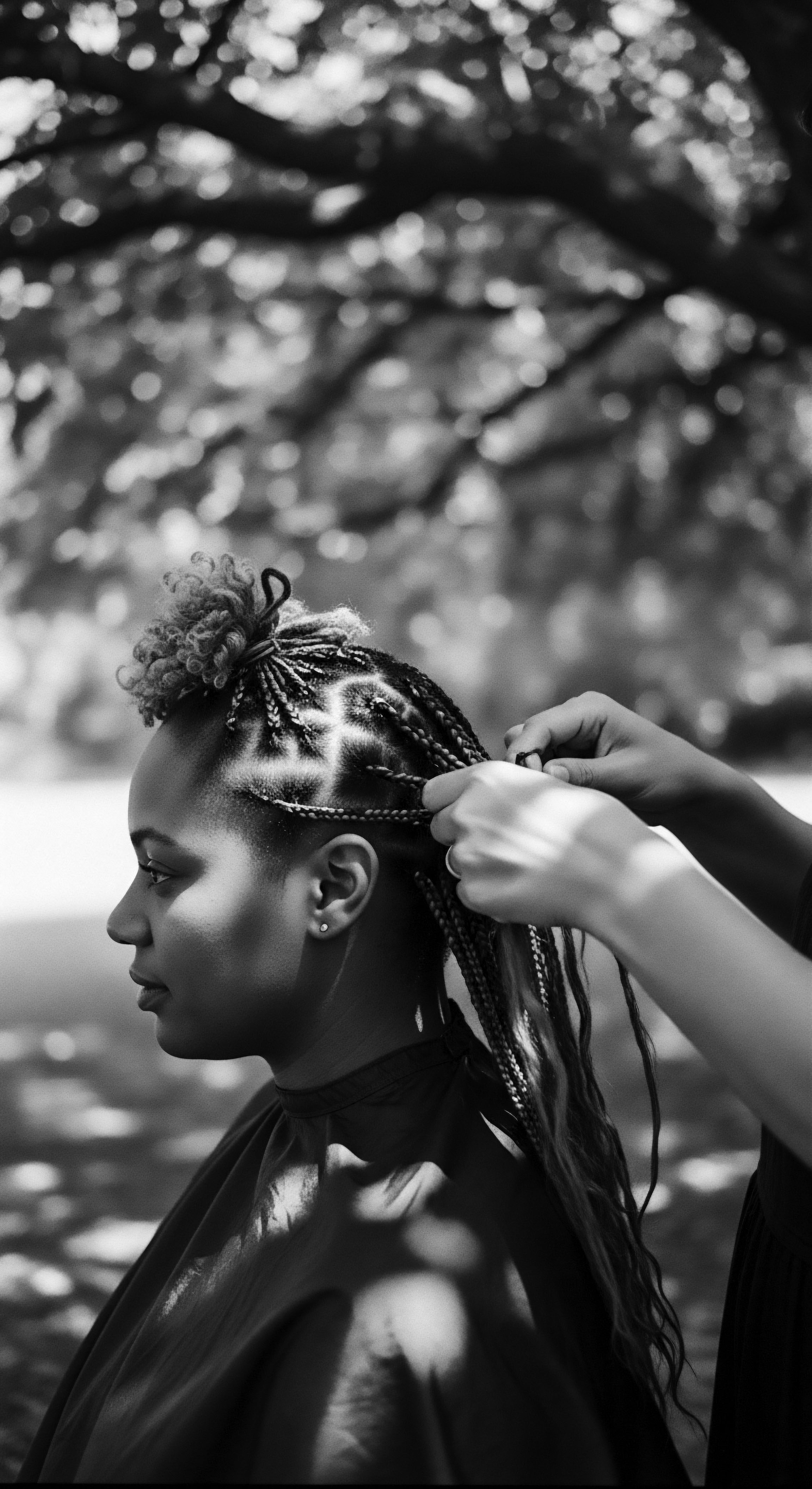
Relay
The journey of textured hair, from its elemental biological blueprint to its vibrant cultural manifestations, truly forms an ongoing relay, a passing of profound knowledge from one generation to the next. This exchange encompasses not only techniques but also the deeper philosophical underpinnings of care, problem-solving, and wellness, all rooted firmly in heritage and ancestral wisdom. Our contemporary understanding is enriched by this continuous flow, validating ancient practices through modern scientific lenses and allowing for a deeply personalized approach to hair health.
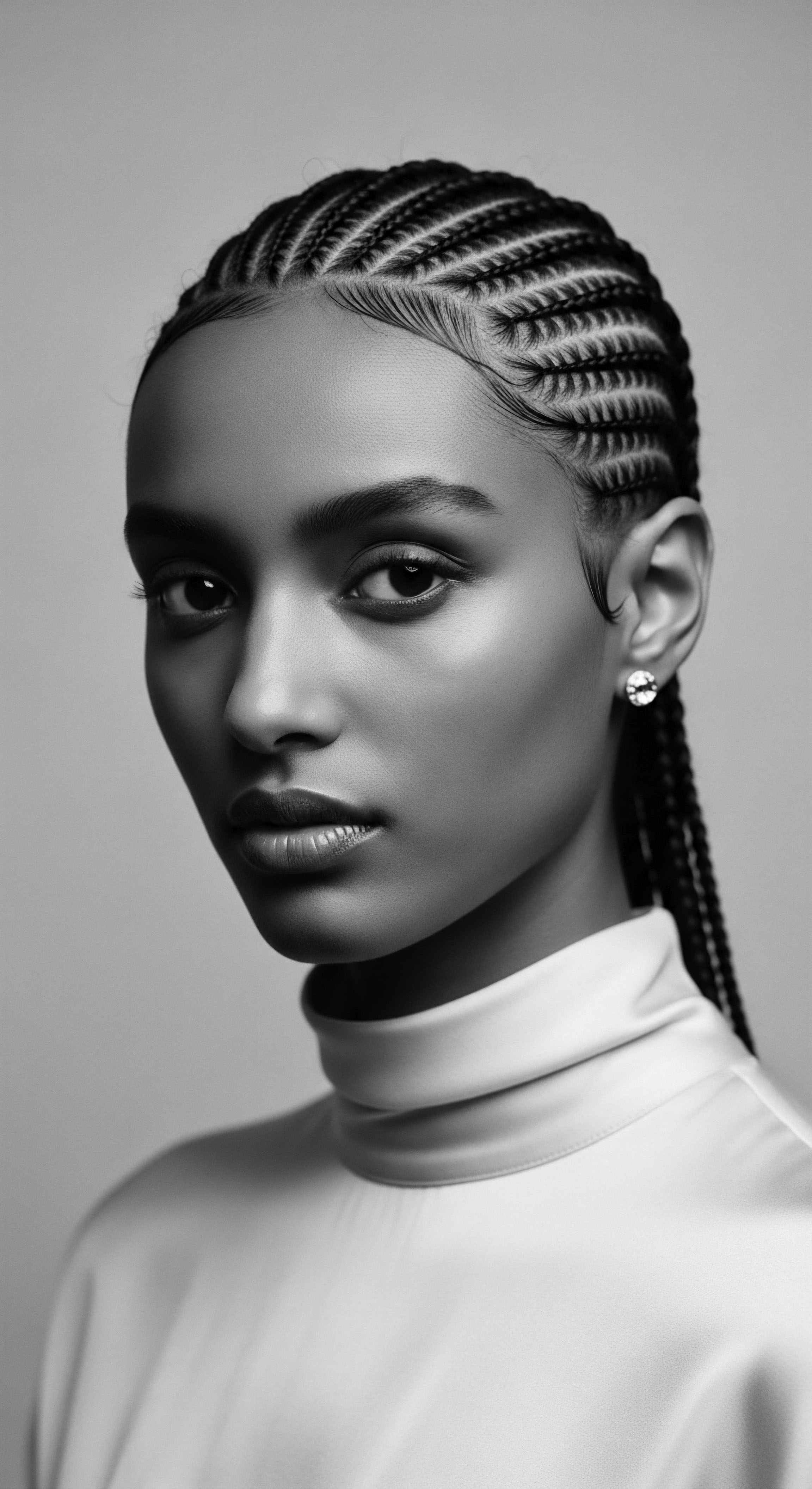
Regimens for Radiance Shaped by Lineage?
The pursuit of healthy, luminous textured hair is not a recent phenomenon. For centuries, individuals in African communities devised comprehensive regimens, often holistic in nature, that addressed the unique needs of coiled hair. These routines were frequently communal, turning care into a shared experience, a social activity that strengthened familial bonds. The elements of these historical regimens often involved cleansing, oiling, braiding, and adorning, utilizing naturally available ingredients like African black soap made from plant ash and oils, known for its cleansing properties.
Modern hair care science, in many instances, provides a detailed explanation for the efficacy of these ancestral methods. For example, the use of emollient plant butters and oils was crucial for sealing moisture into hair strands, a practice now understood through the lens of lipid science and cuticle health. Building a personalized textured hair regimen today means drawing from this rich past while integrating contemporary understanding of ingredients and product formulations. It invites a conscious dialogue between historical wisdom and present-day innovation.
The key components of a heritage-inspired regimen often include ❉
- Cleansing ❉ Gentle formulations that cleanse without stripping natural oils, reminiscent of traditional clay or plant-based washes.
- Conditioning ❉ Hydrating treatments to impart moisture, mirroring the ancestral use of rich butters and natural infusions.
- Styling ❉ Techniques that protect the hair and preserve its structural integrity, drawing directly from ancient protective styling traditions.

Nighttime Sanctuaries and Bonnet Wisdom
The tradition of protecting hair during sleep, often with head coverings, has a compelling history deeply intertwined with the experiences of Black women across the diaspora. Beyond simply preserving hairstyles, the practice of wearing bonnets or headwraps at night served as a functional necessity, guarding hair against friction and moisture loss. During the era of slavery, headwraps became a symbol of dignity and resilience, a subtle act of defiance against efforts to erase cultural markers and impose European beauty standards (Afriklens, 2024; Odele Beauty, 2021).
The Tignon Laws of 18th-century Louisiana, which compelled free Black women to wear head coverings, saw these women transform an oppressive mandate into a bold statement of style and assertion, using luxurious fabrics and elaborate wrapping techniques to elevate the headwrap into a fashion statement that declared their dignity and cultural pride (Ari Party Hair, 2025). This historical context imbues the modern bonnet with far more than practicality; it becomes an everyday symbol of historical resistance and self-preservation.
The understanding of how friction against cotton pillowcases can lead to dryness and breakage for textured hair provides a scientific validation for this long-standing ancestral practice. Silk and satin bonnets, headwraps, or pillowcases reduce this friction, helping to retain moisture and preserve the hair’s coiled structure, thereby minimizing mechanical damage. This contemporary insight reinforces the profound, intuitive wisdom of those who came before us.
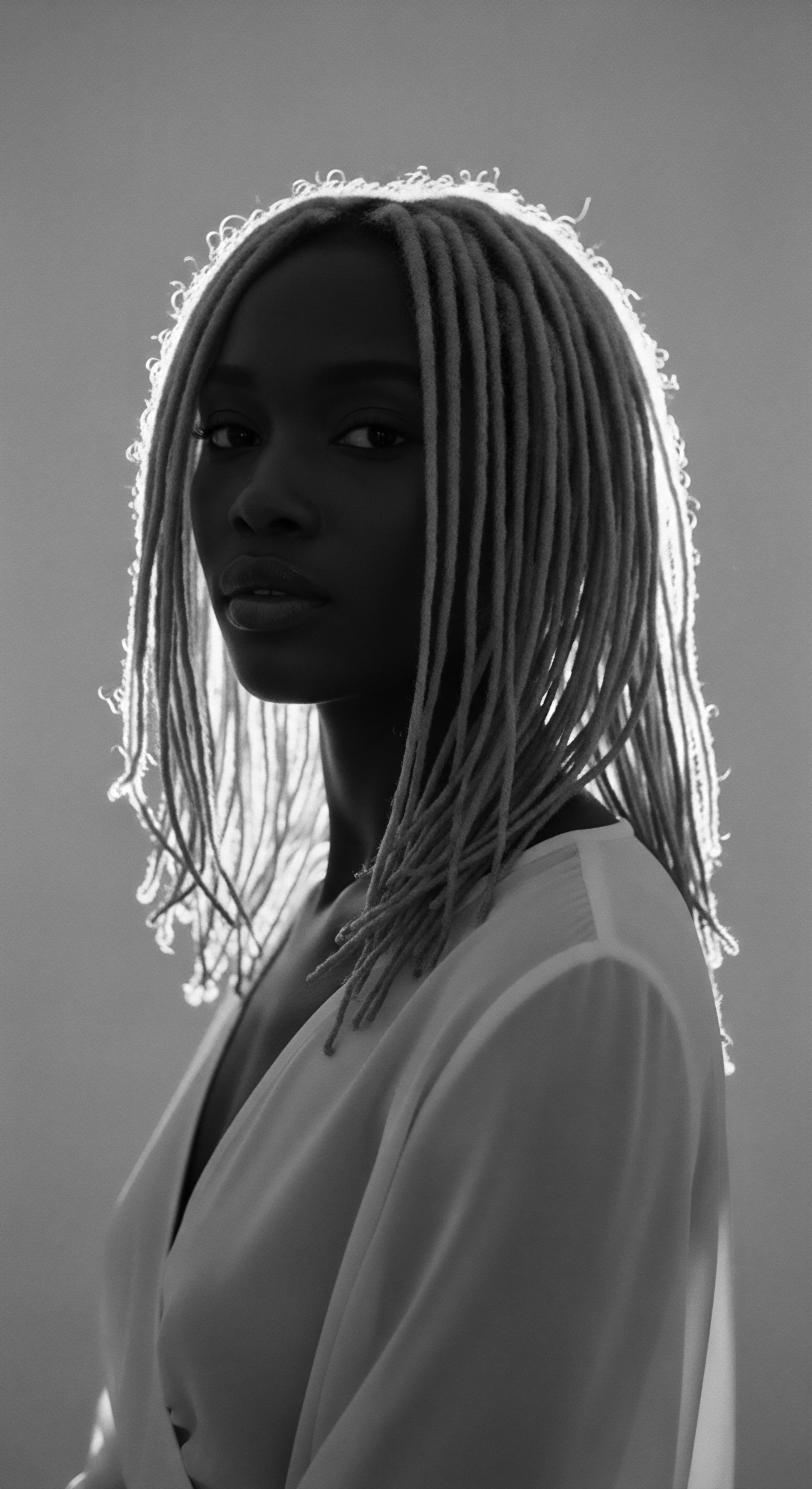
Solving Hair’s Questions Through Time?
Addressing challenges related to textured hair, from dryness to breakage, also finds grounding in ancestral approaches. Our forebearers developed solutions based on intimate knowledge of their environment and the properties of local plants. The consistent application of oils and butters for moisture retention, as well as the adoption of low-manipulation styles, directly countered common issues before they were conceptualized in scientific terms.
The historical emphasis on communal grooming rituals also played a role in problem identification and solution. Experienced elders or skilled hair groomers within the community would share knowledge, diagnose issues, and recommend traditional remedies. This collective wisdom, passed through oral traditions, formed a compendium of problem-solving techniques.
Today, this tradition continues in many hair spaces, both formal and informal, where shared experiences and collective knowledge guide individuals in caring for their unique hair patterns. The ongoing dialogue between scientific research and this rich historical background allows for a deeper, more effective approach to nurturing textured hair, always honoring its distinct heritage.

Reflection
The intricate journey of textured hair reveals a lineage stretching beyond personal biography, reaching into the collective memory of human heritage. Each coil, each curve, each deliberate style carries echoes from ancestral lands, living practices passed through the generations, and the resolute spirit of those who shaped identity through strands. Our exploration has traversed the biological wonders of its structure, the sacred communal rituals of its care, and the powerful symbolic expressions it has held through periods of profound cultural shifts and enduring resistance.
What emerges is a luminous truth ❉ textured hair is a living, breathing archive. It holds the narratives of survival, ingenuity, and profound beauty. It invites us not simply to admire, but to understand; not simply to style, but to honor.
The ‘Soul of a Strand’ ethos reminds us that connection to our hair is a connection to a deeper self, a profound recognition of the resilience and wisdom of those who came before us. This heritage, etched in every curl, stands as a beacon for identity, a continuous source of strength and celebration for future generations.
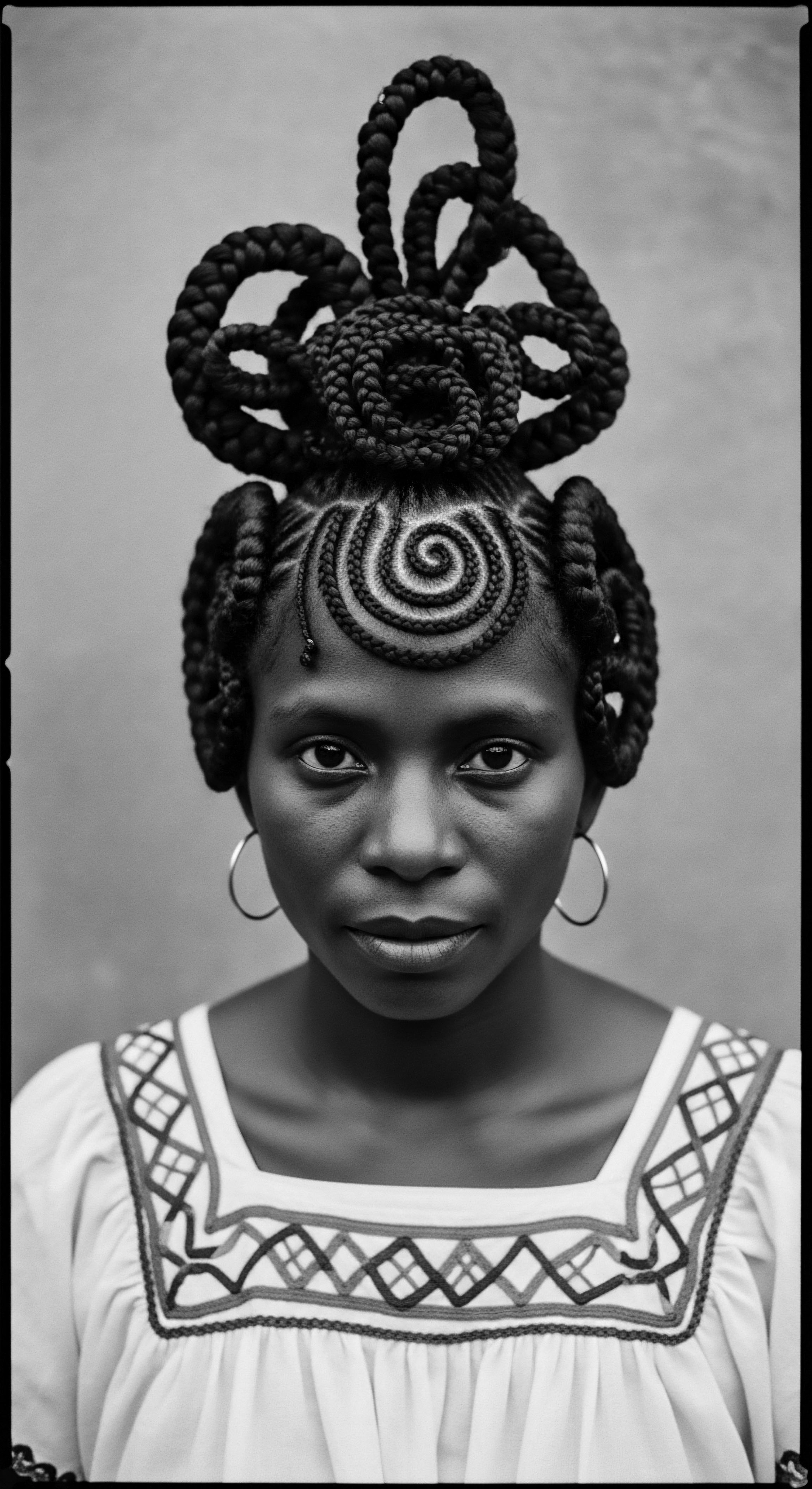
References
- Afriklens. (2024). African Hairstyles ❉ Cultural Significance and Legacy.
- Ari Party Hair. (2025). The History and Symbolism of Hair Wrapping Across the African Diaspora.
- BLAM UK CIC. (2022). The history of Black Hair.
- Odele Beauty. (2021). 6 Things Everyone Should Know About Black Hair History.
- Salford Students’ Union. (2024). The Remarkable History Behind Black Hairstyles.
- Umthi. (2023). The Cultural Significance and Representation of Afro-Textured Hair.
- Conner, Paige. (2024). Hair Care Secrets of the Past ❉ What Our Ancestors Used for Healthy Hair.
